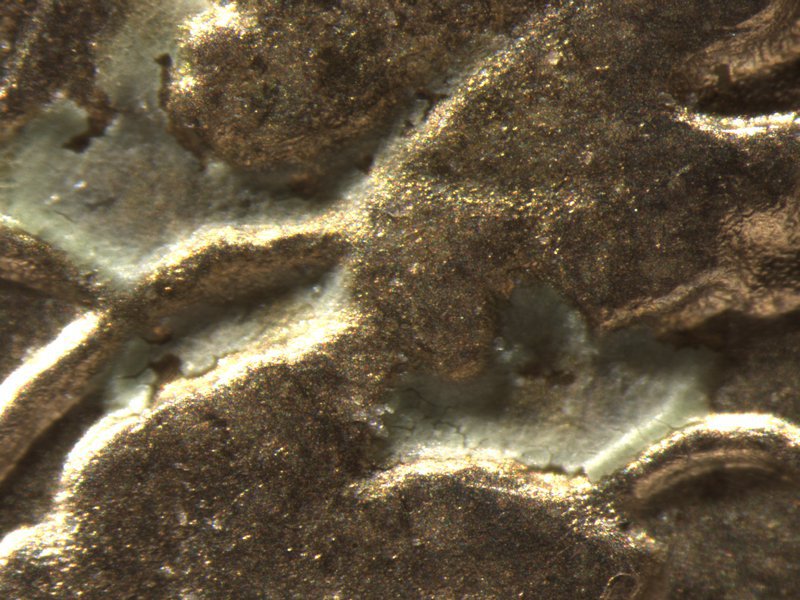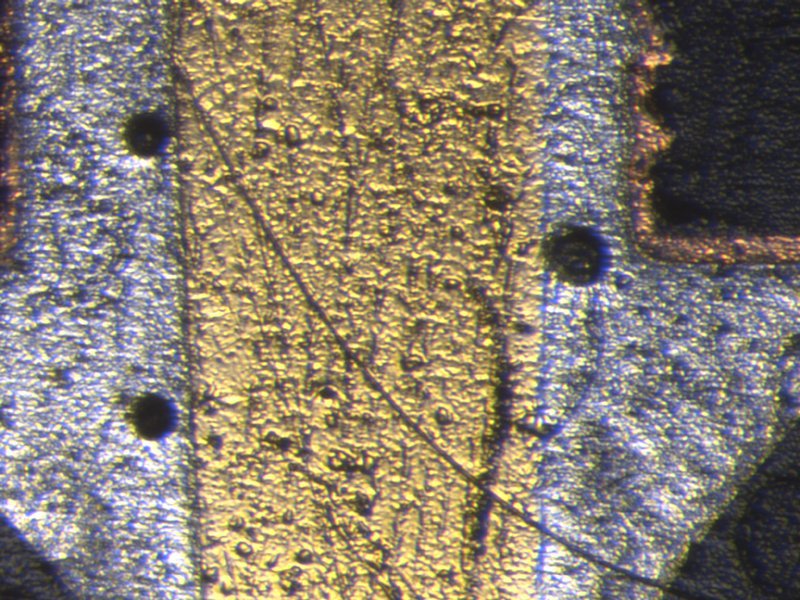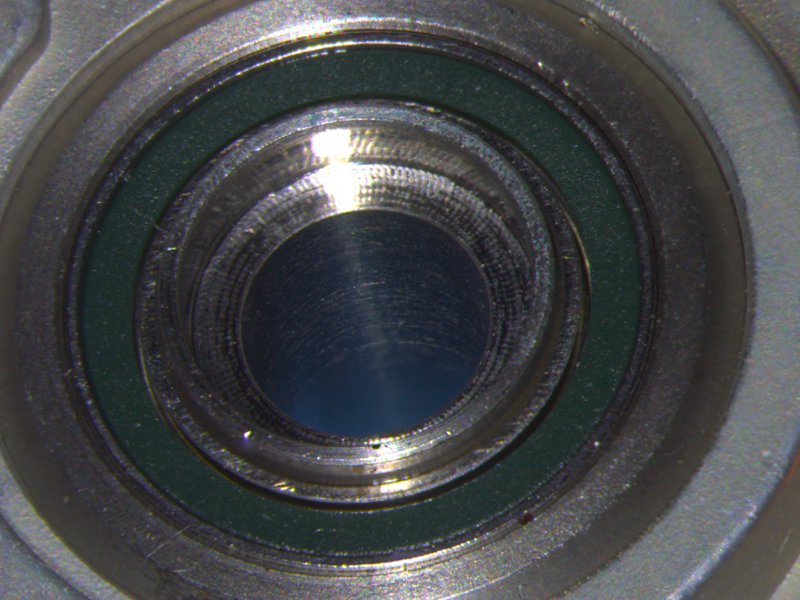LED Illumination
LED illumination from Leica Microsystems provides cool, natural color light for a various incident light applications. LED technology also consumes lower power and lasts longer compared to halogen lamps saving energy and money. Whether you are looking for uniform, high-contrast, coaxial, highly diffuse, or nearly shadow-free illumination, Leica Microsystems provides a broad spectrum of LED illuminators for your application or task.
Selecting the right illuminator
Your choice of illumination determines what you see. Depending on the specimen, application and task, one illumination may be better than another. The following overview is intended to show which illumination you can use to achieve the best result.
Benefits of LEDs
LED technology offers a great many advantages that are also of tremendous benefit in microscopy.
- Durability (25,000 to 50,000 hours, depending on the model)
- A natural color temperature
- Low power consumption (compared to halogen lamps)
- The illuminator can have a very compact design
- Usually operated without a fan (no noise)
- Constant color temperature, even when dimming
- "Cold light"
- Leica LED5000 family: For high-performance microscopes
- Leica LED3000 family: For routine stereomicroscopes
- Leica LED2000/2500 family: The stands with integrated LED illumination for routine stereomicroscopes
- Leica LED1000 family: The modular LED illuminator family for routine stereomicroscopes
- Leica KL300 LED family: Cold light sources with a large range of fiber-optic light guides for routine stereomicroscopes

Bright, uniform illumination
Ring light illuminators are best suited for bright, uniform illumination.

High-contrast illumination
High-contrast illumination is offered by spotlight illuminators with moveable goosenecks for high flexibility. Fixed multi-contrast illuminators provide the same results, but their design makes the illumination settings reproducible.
Spotlight illuminators: Leica LED3000 SLI, Leica LED5000 SLI
Multi-contrast illuminators: Leica LED3000 MCI, Leica LED5000 MCI

Coaxial illumination
With coaxial illumination, the beam of light is guided through the optics and reflected on the sample. This requires the sample to be smooth and reflective. Coaxial illumination can be used with routine as well as high-performance stereo microscopes.

Diffuse illumination
Shiny samples are often very difficult to document because they reflect light. Underexposed or overexposed areas are acquired by the digital microscope cameras and cannot be further evaluated, because there is no image information due to shadows or reflections. To solve this problem Leica Microsystems has developed diffuse illumination systems:

Nearly shadow-free illumination
Nearly shadow-free illumination is achieved using what is called the "near vertical illuminator." Here, 2 LED spotlights are very close to the optical axis and shine on the sample.

Transmitted illumination
Transmitted illumination can be used to examine transparent samples quickly and easily. The large flat surface and the intuitive operating concept are suitable for simple tasks and ideally supplement existing incident illumination.

